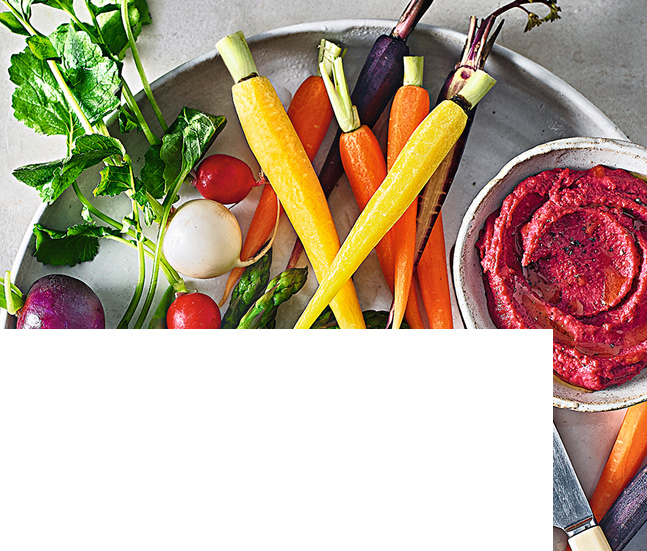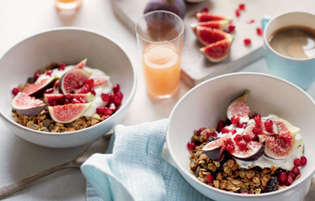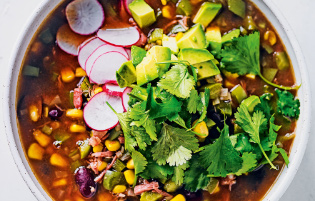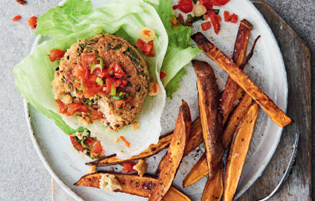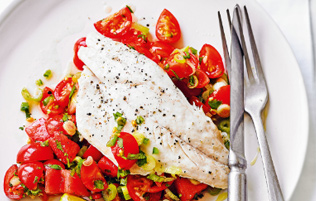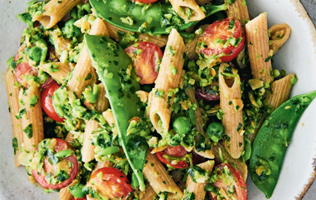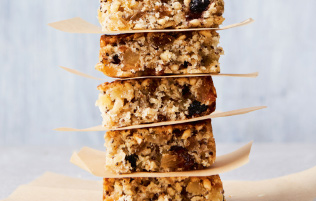What is cholesterol?
Cholesterol is a sticky type of fat needed by the body to produce cells, hormones and vitamins. It is used by the body to produce bile, the digestive juice that helps us process fats. Sometimes cholesterol can build up in the blood, increasing the risk of heart disease.
Cholesterol is carried around the body by substances in the blood called lipoproteins. There are two types:
High density lipoproteins (HDL)
Known as ‘good’ cholesterol, HDL removes cholesterol from the body by taking it to the liver where it can be recycled or broken down.
Our diet should favour the production of HDL cholesterol, and discourage that of LDL cholesterol.
Low density lipoproteins (LDL)
Produced by the liver, LDL supplies cholesterol to help repair old cells and build new ones. Too much LDL cholesterol (known as ‘bad’ cholesterol) can stick to the inside of our blood vessels and, over time, build up and narrow the vessels (atherosclerosis), restricting blood flow to the heart.
Causes of unhealthy blood cholesterol
• Being inactive
• Smoking
• What we eat and drink
• Too much saturated fats and too little unsaturated fats
• Being overweight, especially if you are ‘ apple-shaped’ and carry excess fat around your waist
• A family history of high cholesterol
Dietary fats
The amount of good or bad cholesterol in the body is influenced by the type of fats in the diet. There are 3 types:

Saturated – found in butter, hard fats and animal products. Can raise both total cholesterol and the level of bad cholesterol

Monounsaturated - found in olive oil, nuts and avocados. Can reduce the level of bad cholesterol
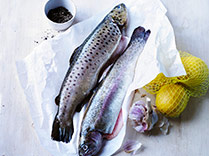
Polyunsaturated – found in oily fish, vegetable oils, nuts and seeds. Can promote the formation of good cholesterol and reduce the formation of bad cholesterol

Low saturated fat recipes

Ultimate Cholesterol Lowering Plan (UCLP)
The first step to the plan is to achieve a healthy balanced diet. The second step is to choose four foods from a selection of foods which have heart health benefits.
Give your diet a healthy makeover
Cut down the amount of fat in your diet. Saturated fat is found mainly in fatty meats, full fat dairy foods, butter, lard, pastries, pasties, pies and many puddings, cakes, and biscuits. Many of these foods can be easily swapped for healthier options:
• Choose lean cuts of meat and poultry and remove the skin
• Choose reduced-fat dairy products such as skimmed or semi-skimmed milk, or try plant based alternatives such as soya or almond drink. Use a reduced fat crème fraiche or low fat Greek yogurt in place of cream in cooking
• Cook with strongly flavoured cheese (you'll need less, so less fat)
• Cook with olive oil or sunflower oil rather than lard or butter
• Try steaming, microwaving and grilling rather than frying. If stir-frying, use an oil spray and non-stick frying or griddle pans
• Try incorporating more pulses like lentils and beans into your meals
The 4 UCLP food options
Once you have incorporated the essentials of a heart healthy diet you could consider introducing one, two or more of the following foods:
1) Soya foods
Many soya foods are naturally low in saturated fat. Replacing some foods high in saturated fat with unsaturated fat, as part of a healthy diet and lifestyle, can help to maintain normal cholesterol levels.
3) A handful of nuts (unsalted)
All nuts are naturally high in unsaturated fats.
One handful (30-35g) every day of any nut variety – unsalted and unsweetened e.g almonds, walnuts, pecans, cashews, pistachios and peanuts.
2) Plant sterols and Stanols
Sterols and stanols are naturally found in plants in very small amounts. When eaten in the right quantity, they have been shown to reduce the amount of cholesterol our body can recycle. 1.5- 2.4g of sterols or stanols daily, as part of a healthy balanced diet and lifestyle, can lower cholesterol by around 7-10%. Include 2-3 servings of foods fortified with plant sterols. Alternatively, aim for just one mini drink fortified with sterols or stanols (65-100g bottle) a day taken with a meal.
4) Oats and Barley
Oats and barley contain a special form of soluble fibre called beta-glucan, which, as part of a healthy diet and lifestyle, can help to lower cholesterol.
3 servings of barley and oat rich foods every day should provide the recommended 3g of beta-glucan needed to lower cholesterol.
A serving could be 30g oats in porridge or in recipes, 1x Oatibix, 3x oatcakes, 75g cooked pearl barley – in stews, casseroles and salads.
Learn just how easy it is to lower cholesterol naturally with HEART UK’s Ultimate Cholesterol Lowering Plan, in association with Waitrose (play the video below).
For more on how to maintain a healthy heart, visit Heart UK

